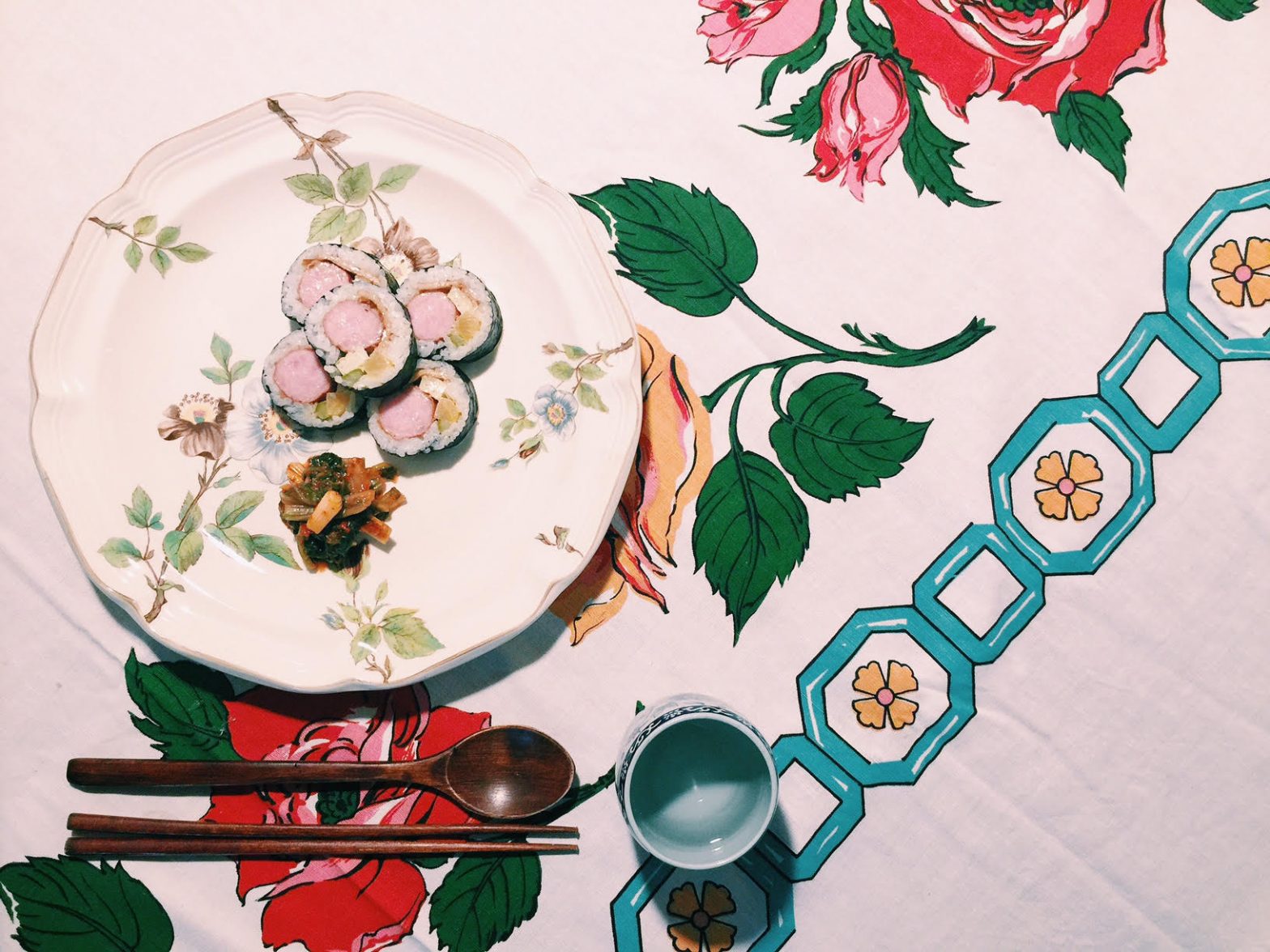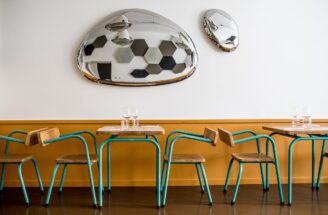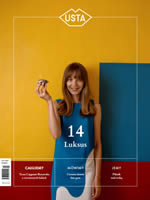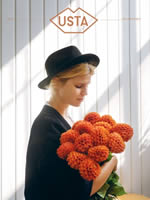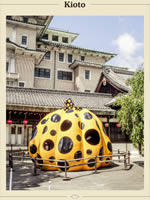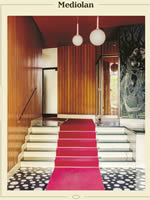I am not bragging, about 99% of my classmate were bring handmade ‘Gimbab’ for field trip’s lunch. like it was Gimbab competition day for their mothers.
‘Gimbab’ is seaweed roll with rice. ‘Gim’ means seaweed and ‘Bab’ means rice. So it literally means the Seaweed Rice. But the variety was unlimited inside the Gimbab you can put grounded beef, hams, sausages, tuna and etc. It was lovely to see mother’s creativity. When kids open their lunch box of Gimbab, it was like opening their refrigerator at home. However it takes a lot of preparation time. That’s why it was only allowed at special occasion. Some mothers had to wake up at 5 in the morning to cook Gimbab.
You can put any ingredients you like but here are the 5 key ingredients of Gimbab. First of all, seaweed sheets and steamed rice. For the filling, Korean style cooked eggs like omelet and pickled radishes. As for the final touch, the aromatic sesame oil. Here is how to make Gimbab simple way. Spread a seaweed sheet. Put one layer of steamed rice on the seaweed sheet evenly. It’s like covering the black seaweed sheet with white rice. When seaweed sheet is almost cover with white, put pickled radish and eggs along with other ingredients you wanted to eat. But the key to make Gimbab is put everything horizontal and prepare all the ingredients as same size as the seaweed sheet. Eventually you will roll it and put everything in a roll. When you make a perfect roll, take brush in your kitchen and spread a little bit of the sesame oil on top of the seaweed. This will give you delicious nutty flavor but also prevents from the Gimbab getting too dry. And also it will make your Gimbab shiny. Seaweed and sesame oil is always a good combination, because sometimes seaweed can be a little fishy but the sesame oil gets it all better. Another way to make the seaweed sheet tastier is to lightly toasted or roasted. But be very careful to do that, seaweeds sheets are very easy to burn like in second. I suggest to you to use very low heat and thick pan and do it a sheet by sheet.
It was easy to buy Gimbab but that can’t compare with the handmade Gimbab. My mum was a working mum so my grandmother cooked for me. I guess I was quite grown up when I was a child, I didn’t want to make my granny so tired just because of the special Gimbab so I often lied on a field trip. I just told her that it was an ordinary school day. Of course friends were more than willing to share their Gimbab with my ordinary lunch box.
Nowadays Gimbab is so popular again as a quick bite, breakfast, snack, late night supper…… but seems like no body’s making them at home anymore. Everybody is just so busy and every mum is a working mum. It’s common and modern but I whenever eat Gimbab, it reminds me of the cool breeze and green grass. A taste of lie.
tekst and photo: Kristy Yoon
Memory in a roll
